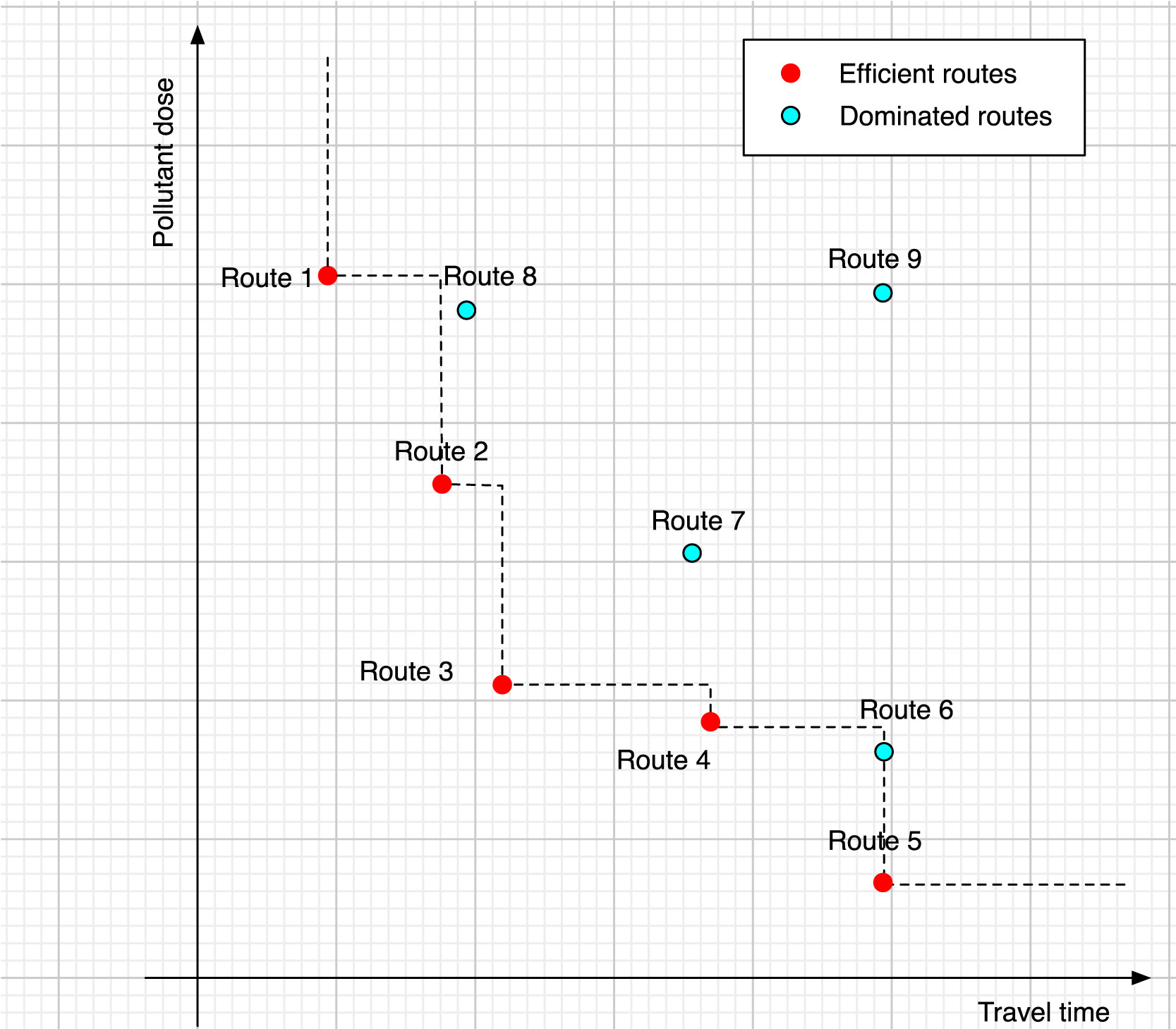Elsevier, Renewable and Sustainable Energy Reviews, Volume 97, December 2018
Despite a major, policy-driven increase in research on the food–energy–water (FEW) nexus in recent years, research addressing the required changes in policy structures and processes for an effective, integrated governance of FEW nexus resources is still in its infancy. This paper adapts the Institutional Analysis and Development Framework to the requirements and challenges of FEW nexus governance and sets a special focus on action situations, actors, and institutions. The analysis thus contributes to the debate about the practicality and benefits of a comprehensive FEW nexus policy approach.
Elsevier, Ecological Modelling, Volume 390, 24 December 2018
Water resources are an essential and determining factor for food production, ecosystem health, and socio-economic development. The socio–economic water cycling system is a complex adaptive system. Changes in the socio-economic system at the macro level, such as industrial transformation, technical progress, and water price reform, will have impacts on water resources utilization at the micro level.
Elsevier, TrAC - Trends in Analytical Chemistry, Volume 109, December 2018
This review discusses the identification and quantification of microplastic (MP) using Raman microspectroscopy (RM). It addresses scientists investigating MP in environmental and food samples. We show the benefits and limitations of RM from a technical point of view (sensitivity, smallest particle sizes, speed optimizations, analysis artefacts and background effects) and provide an assessment of the relevance of lab analyses and their interpretation (sample sizes for the analysis, uncertainty of the analysis).
Elsevier, TrAC - Trends in Analytical Chemistry, Volume 109, December 2018
The Mediterranean Sea is affected by one of the most significant plastic pollution worldwide. This review critically evaluates the most recent literature on the presence of microplastics in sediments, suggested to be long term sinks and have a high potential to accumulate this kind of marine debris. A picture of microplastic levels in coastal environments is given, evidencing information gaps and considering also estuary, lagoons and areas influenced by the contribution of rivers. A wide range of contamination levels has been found, with the highest in lagoon and estuary environments.
Elsevier, Operations Research for Health Care, Volume 19, December 2018
Cyclists form the most vulnerable road user group in terms of injury from traffic accidents, as well as exposure to traffic-related air pollution. Ironically, commuter cyclists are often motivated by improvement in health and fitness. Cycleways away from traffic with lower concentrations of pollutants from motorised vehicles sometimes result in longer distances and hence require longer travel times, while alternative routes sharing the road with other traffic, sometimes with buses, might result in exposure to higher pollutant concentrations.
Elsevier, Materials Today Sustainability, Volume 1-2, December 2018
Carbon dioxide (CO2) capture using CaO-based adsorbents has recently attracted intense attention from both academic and industrial sectors in the last decade due to the high theoretical capacity of CO2 capture, low cost, and potential use in large scale. However, the successful development of CaO-based adsorbents is limited by significant sintering of adsorbent particles over a number of cycles of CaO carbonation/calcination. In this work, a systematic understanding of fundamental aspects of the cyclic carbonation/calcination of CaO-based materials is reviewed.
Elsevier, World Development, Volume 112, December 2018
Human mobility and inequality have determined one another throughout modern history, from the effects of labour migration to processes of urbanisation. The Sustainable Development Goals now offer an opportunity to re-examine this complex relationship in a globalized world. Drawing on major research evidence and key debates, this review article proposes a framework of mobility equity as part of SDG 10, which foresees the reduction of inequalities within and among countries by 2030.
Elsevier, Smart Health, Volume 9-10, December 2018
This work intends to develop an intelligent, four-dimensional (namely X-Y-Z plus somatosensory), partial control, and virtual-reality-enabled Tai-Chi System (VTCS). Tai-Chi is a traditional mind-body wellness and healing art, and its clinical benefits have been well documented. VTCS integrates Tai-Chi with a series of cutting-edge computer technologies including 4D sensor technology, big-data, signal processing and analysis, human body kinematics, deep learning, virtual reality, and 4D-reconstruction, etc.

